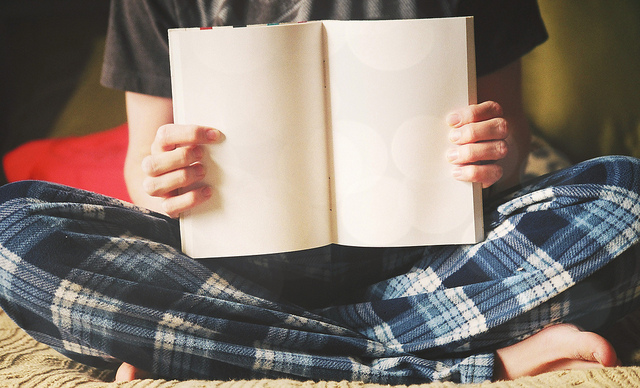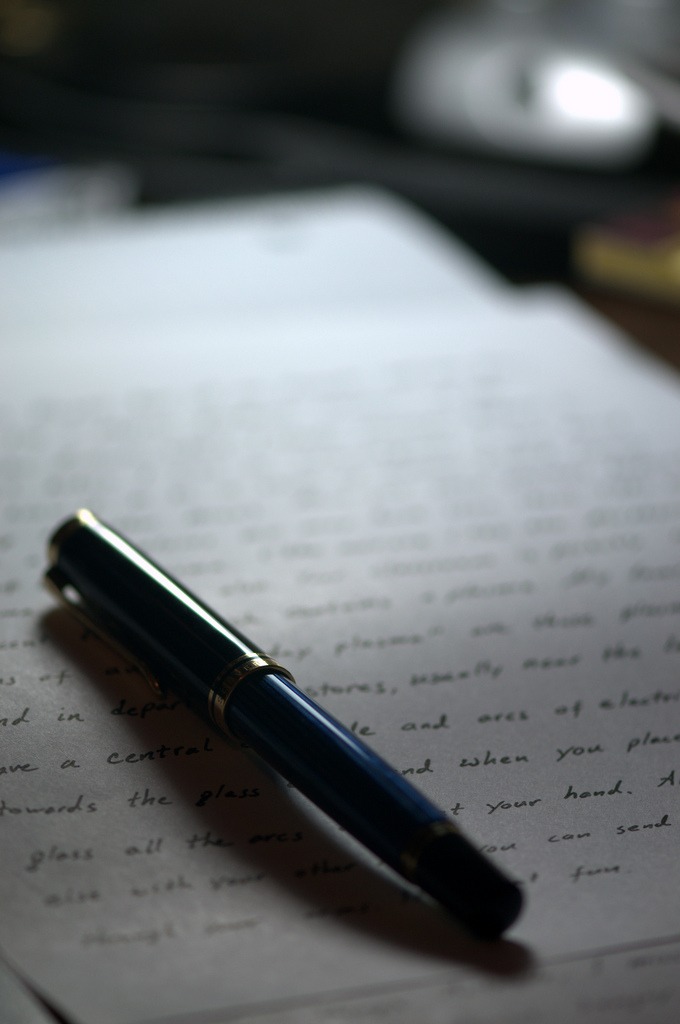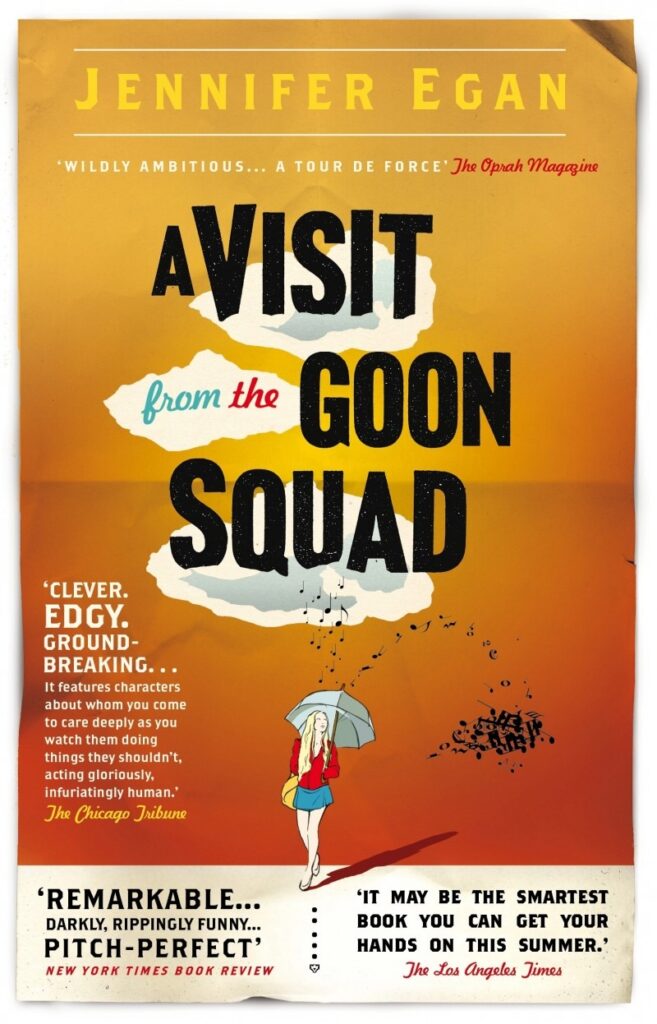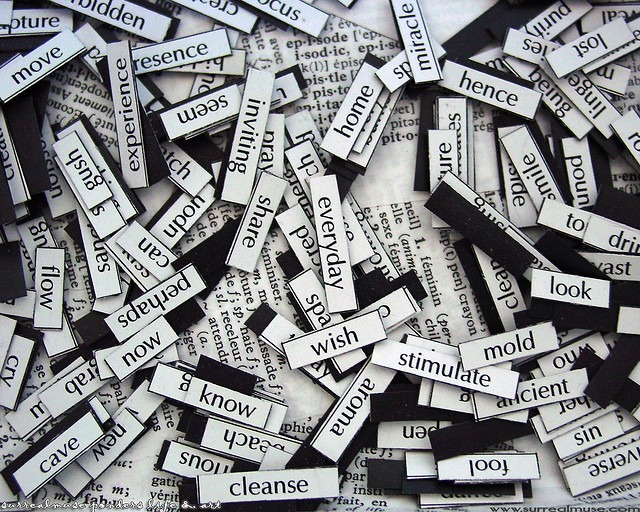We’ve all had that experience of reading a book then being smacked with an image that blows you away; a line that is visceral, or poignant, or sums up the moment perfectly. And when you look back at a book you’ve read those powerful images stay with you. In a 1980 essay in The Writer, ‘Imagery and the Third Eye’, Stephen King says:
Novels are more than imagery – they are thought, plot, style, tone, characterization, and a score of other things – but it is the imagery that makes the book ‘stand out’ somehow; to come alive; to glow with its own light.”
The essence of any story is brought to life through the technique of imagery, capturing moments that can stay with a reader for a lifetime.

What is imagery?
Imagery is a technique that uses evocative language to create a sharp, mental picture for the reader. These images always tell us something vital about the story, whether it’s creating an atmosphere or a feeling, or telling us something about a scene or character.
These images are able to cut through the exposition or dialogue of a story and create an almost physical reaction in the reader, something that makes them stop and savour the writing for a second more. In ‘Imagery and the Third Eye’ King says:
If I can say anything important to writers who are still learning the craft of fiction, it’s this: imagery does not occur on the writer’s page; it occurs in the reader’s mind… I’ve seen maybe three dozen different pictures of the Marsten House [in ‘Salem’s Lot’]… no two are the same, and none of them is quite the picture I had in my own mind – and I wouldn’t have it any other way.”
We all imagine different scenes and settings and moments even though we read the same words, but that malleability of imagery is what makes reading such an intimate and personal experience. Just think, there are millions of slightly alternate Hogwarts Castles crafted in the minds of readers around the globe, and that’s kind of beautiful.

How to write good imagery
Because imagery, as Stephen King says, ‘occurs in the reader’s mind’ it’s important to realise that your job as a writer is not to tell the reader exactly what to see down to the smallest detail. You need to create an impression without creating a whole picture (so to speak).
The trick is being frugal with your description, so that you can let the image stand on its own without overloading it. Give the reader just enough information that they can form the image on their own, and be content with it.
One of my favourite images is on pages 240-241 of A Visit From the Goon Squad by Jennifer Egan. A teenager has run away from home, and her uncle has tracked her to a small room in Italy.
In the middle of the window, dangling from a string, hung a crude circle made from a bent coat hanger. Sasha sat on her bed, watching Ted take in her meagre possessions… the sun finally dropped into the center of her window and was captured inside her circle of wire.
Now he turned to her, grinning. Her hair and face were aflame with orange light.
‘See,’ Sasha muttered, eyeing the sun. ‘It’s mine.’

Egan captures this poignant moment perfectly, using simple language and the imagery of the bent coat hanger and the sun to say something important about Sasha’s character and her situation. Words like ‘crude’, ‘bent’, and ‘dropped’ all allude to Sasha’s downfall in running away from home, while the image of her being ‘aflame with orange light’ basks her in a destructive but warming glow.
Simplicity is the key to writing good imagery. Egan doesn’t need to tell us what colour curtains hang in the room or what kind of look is on Sasha’s face. Egan probably sees these details in her mind when she writes, but it’s not necessary for the reader to see them. The reader must only see that sun dip into the circle of wire, because that is where the heart of the image lies. In his essay King says:
Leave in the details that impress you the most strongly; leave in the details you see the most clearly; leave everything else out… the writer must be confident enough in his or her own imaging ability to stop when it’s time to stop, because as we all know, the joy of reading novels, which no movie can equal, is the joy of seeing in the mind, feeling the fantasy flower in the way that is unique to each individual reader. The reader has his or her own third eye; the job of the writer is only to provide a spectacle for it.”

So when you imagine an important image for the story or novel you’re writing, take the time to craft it properly by doing the following:
- Ask yourself what the purpose of your image is (whether it’s a metaphor, setting a scene, showing us about the character, etc.)
- See it fully in your mind before you start to write, then work out which parts the reader needs to know
- Include only the most important parts, and cut everything that is not vital to the image and the message you’re trying to get across
- Use all the senses, including sight, sound, taste and touch, to create a tactile experience for the reader
- Know that ‘less is more’
One response to “Literary Device: Imagery”
This is a really good reminder of what’s important in a scene. Not to over describe, but to highlight the integral points. And only that.
Thanks for a great post.